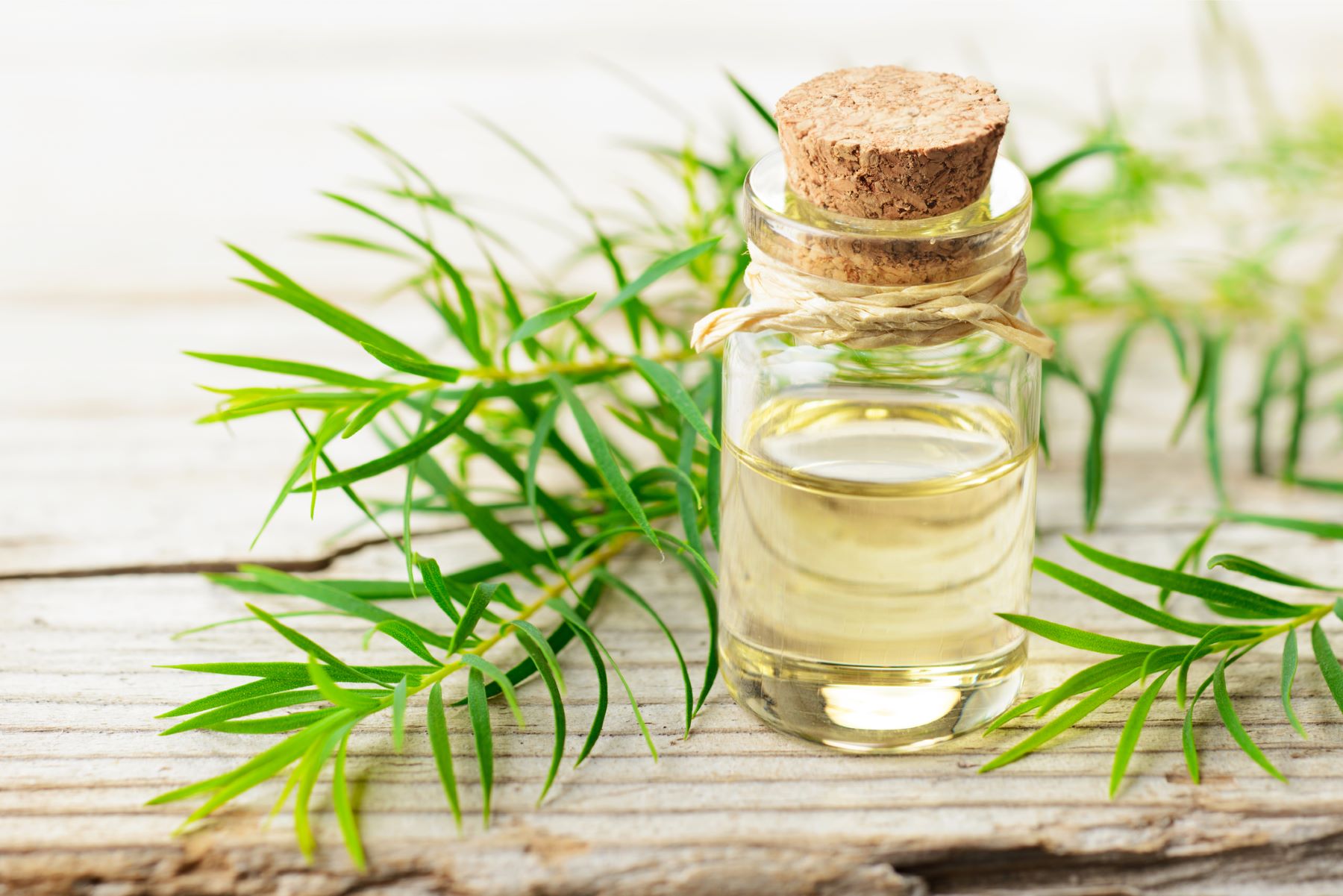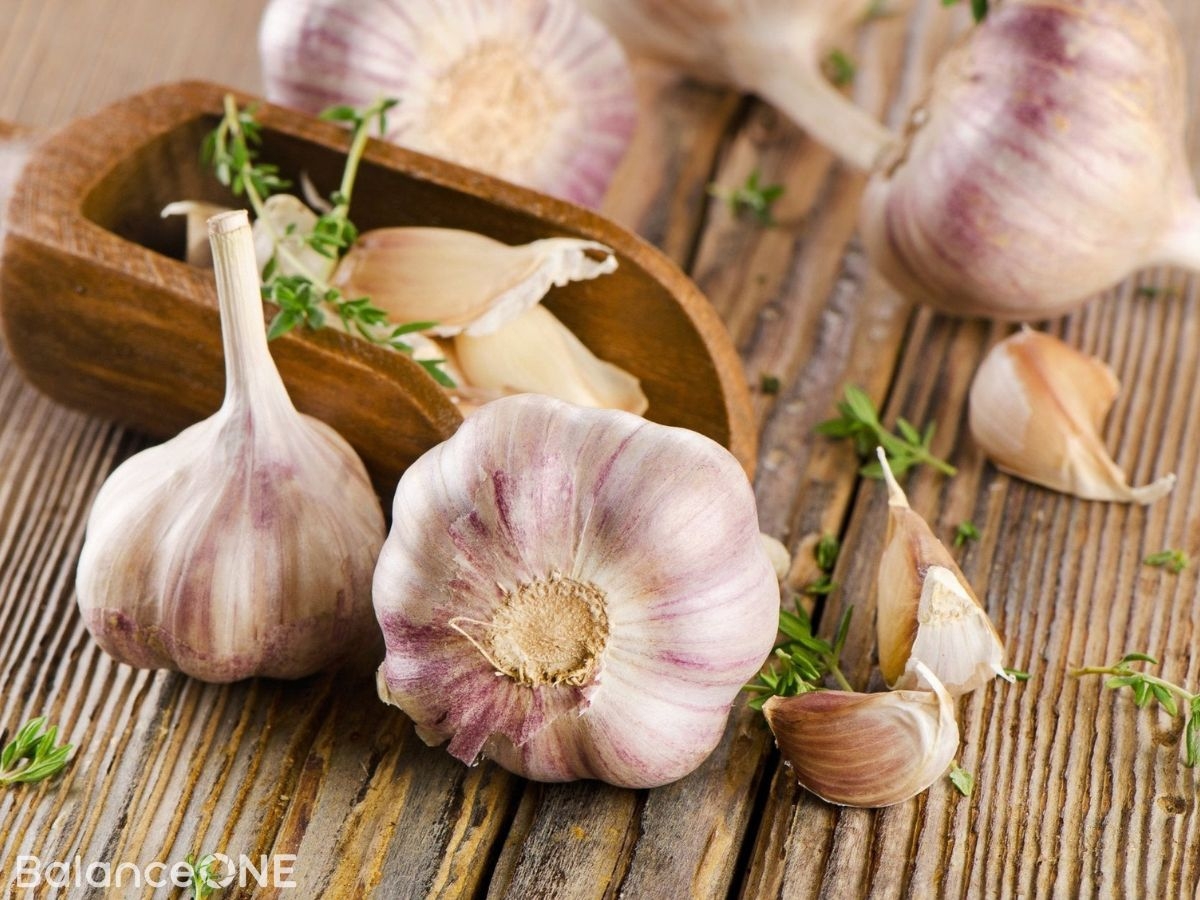Natural Remedies for Fungal Infections That Actually Work
Fungal infections are common and often frustrating health issues that can affect the skin, nails, or mucous membranes. Many people turn to natural remedies for their antifungal properties, seeking effective and chemical-free solutions. From soothing essential oils to pantry staples like vinegar, these remedies can help alleviate symptoms and speed up recovery. Knowing which natural treatments work best is key to managing fungal infections effectively.
This article explores proven home remedies and how to use them safely for optimal results.
Understanding Fungal Infections and Their Natural Solutions

Fungal infections develop in warm, moist environments, making areas like the feet, groin, or skin folds susceptible. While over-the-counter antifungal creams are readily available, natural remedies provide an alternative option with fewer side effects. Here are some effective remedies to consider:
1. Tea Tree Oil: A Potent Antifungal Solution
Tea tree oil is well-known for its antimicrobial and antifungal properties. Derived from the leaves of the Melaleuca alternifolia plant, it is a powerful essential oil that can target various fungal strains.

- How It Works: Tea tree oil penetrates the fungal cell walls, disrupting their growth and spreading.
- How to Use: Mix a few drops of tea tree oil with a carrier oil like coconut or olive oil and apply it directly to the affected area twice daily.
- Common Uses: Effective for conditions like athlete’s foot, nail fungus, and ringworm.
2. Coconut Oil: A Skin-Friendly Remedy
Coconut oil contains lauric acid, which has natural antifungal properties. This versatile oil is gentle on the skin, making it ideal for treating mild fungal infections.
- How It Works: Lauric acid disrupts the fungal cell membranes, leading to their destruction.
- How to Use: Apply a thin layer of virgin coconut oil to the infected area several times a day. For scalp infections, massage it into the scalp and leave it overnight before washing.
- Common Uses: Helpful for candida infections and soothing itchy skin caused by fungal overgrowth.
3. Apple Cider Vinegar: Nature’s Antifungal Tonic
Apple cider vinegar (ACV) is a household staple with strong antifungal properties. Its acidic nature helps restore the skin’s natural pH, making it less hospitable to fungi.

- How It Works: The acetic acid in ACV kills fungal spores and prevents them from thriving.
- How to Use: Dilute equal parts ACV and water, then apply the mixture using a cotton ball or soak the infected area for 20 minutes daily.
- Common Uses: Suitable for toenail fungus, ringworm, and skin irritations caused by fungi.
4. Garlic: A Natural Antimicrobial Agent
Garlic is a powerful antifungal food that has been used for centuries in traditional medicine. It contains allicin, an active compound known for its ability to combat infections.
- How It Works: Allicin disrupts fungal cell structures, reducing their ability to multiply.
- How to Use: Crush fresh garlic cloves into a paste and apply it to the infected area for 10–15 minutes before rinsing. Alternatively, include raw garlic in your diet to boost immunity.
- Common Uses: Effective against skin infections and yeast overgrowth.
5. Aloe Vera: A Soothing Antifungal Gel
Aloe vera is renowned for its skin-soothing properties, but it also contains antifungal compounds that can help alleviate irritation and inflammation caused by fungal infections.

- How It Works: Aloe vera gel inhibits fungal growth while promoting skin healing.
- How to Use: Apply fresh aloe vera gel extracted from the leaf directly to the affected area two to three times a day.
- Common Uses: Works well for mild fungal infections and restoring skin health after treatment.
Combining Natural Remedies with Preventative Measures
While natural remedies can effectively treat fungal infections, prevention plays a vital role in maintaining healthy, fungus-free skin. Incorporating these practices into your routine can reduce your risk of recurrent infections:

- Keep Skin Dry: Moisture is a breeding ground for fungi. Dry off thoroughly after showers, focusing on areas prone to sweating.
- Use Breathable Fabrics: Opt for clothing and footwear that allow air circulation, reducing moisture buildup.
- Avoid Shared Items: Refrain from sharing personal items like towels, shoes, or grooming tools to prevent the spread of infections.
- Boost Immune Health: A strong immune system is crucial for fighting off fungal overgrowth. Incorporate immune-boosting foods like citrus fruits, leafy greens, and yogurt into your diet.
When to Seek Professional Treatment
Although natural remedies can be highly effective, some fungal infections may require medical intervention, especially if:
- The infection persists or worsens after two weeks of home treatment.
- Symptoms include severe pain, swelling, or pus.
- The infection spreads to other areas of the body.
In such cases, consult a healthcare professional for diagnosis and tailored treatment options, which may include prescription antifungal medications.
Conclusion
Natural remedies offer an accessible and safe way to manage fungal infections while promoting overall skin health. From the antifungal power of tea tree oil to the soothing effects of aloe vera, these solutions can complement your treatment routine effectively. However, understanding the importance of hygiene, prevention, and timely medical consultation is equally crucial for keeping fungal issues at bay.
Do you have a favorite natural remedy for treating fungal infections? Share your experience or explore our website for more health tips and natural care solutions. Let’s connect and discuss in the comments below!

Leave a Reply